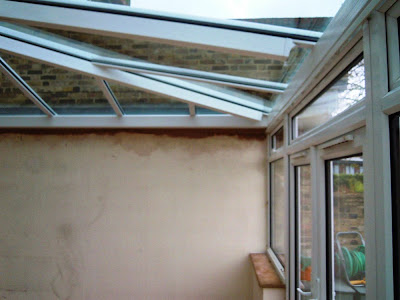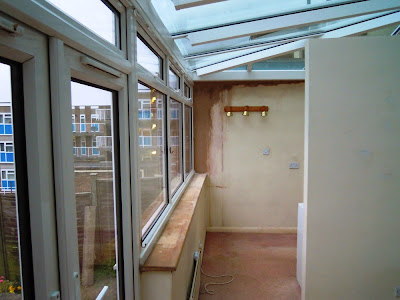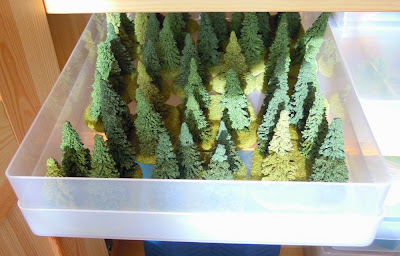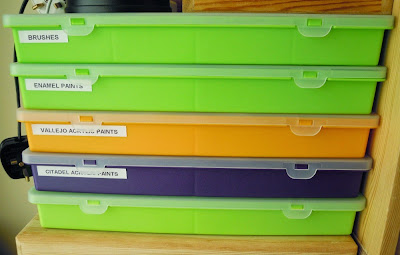Yesterday my wife and I bought some varnish with which to paint the wooden window sills in the conservatory. As the varnish had a drying time of eight hours, I decided to wait until late last evening before I applied it to the window sills. I reasoned that this would give the varnish to opportunity to dry overnight.
I was wrong.
When I woke up this morning I checked the varnish ... and it was still very, very tacky. I had forgotten that overnight the temperature had dropped, and that I had removed the old wall heater from the conservatory when I decorated. As a result it was never warm enough overnight in the conservatory for the varnish to dry.
My solution was to put one of our very effective convector heaters into the conservatory to blast the temperature up to a level where the varnish would begin to dry ... but four hours later I am still waiting for this solution to work.
In the meantime I decided to have a shower. (I am off this afternoon to a meeting of my London Lodge and needed to have a shave and a shower before going out.) At first nothing was wrong, although the water was a little on the tepid side. However, halfway through the shower the water went cold ... very cold, indeed ... and it did not warm up again. Still covered in lather and dripping water I walked downstairs to the kitchen and checked that there was nothing wrong with the combi boiler. On the face of it the boiler was functioning normally (the water came out of the hot tap in the kitchen as normal), but when I returned upstairs to continue my shower, the water remained cold.
I switched to the bathroom, where I managed to have a very quick – and hot – bath. I then went back down to the boiler and checked the pressure. It was a little low, so I re-pressurised the system, but this had no effect on the supply of hot water to the upstairs shower room. At this point my technical expertise ran out, and I have now booked an appointment for an engineer to visit tomorrow morning. Hopefully he will be able to fix whatever the problem with the boiler is.
I wonder if the varnish will be dry by the time he arrives.
I was wrong.
When I woke up this morning I checked the varnish ... and it was still very, very tacky. I had forgotten that overnight the temperature had dropped, and that I had removed the old wall heater from the conservatory when I decorated. As a result it was never warm enough overnight in the conservatory for the varnish to dry.
My solution was to put one of our very effective convector heaters into the conservatory to blast the temperature up to a level where the varnish would begin to dry ... but four hours later I am still waiting for this solution to work.
In the meantime I decided to have a shower. (I am off this afternoon to a meeting of my London Lodge and needed to have a shave and a shower before going out.) At first nothing was wrong, although the water was a little on the tepid side. However, halfway through the shower the water went cold ... very cold, indeed ... and it did not warm up again. Still covered in lather and dripping water I walked downstairs to the kitchen and checked that there was nothing wrong with the combi boiler. On the face of it the boiler was functioning normally (the water came out of the hot tap in the kitchen as normal), but when I returned upstairs to continue my shower, the water remained cold.
I switched to the bathroom, where I managed to have a very quick – and hot – bath. I then went back down to the boiler and checked the pressure. It was a little low, so I re-pressurised the system, but this had no effect on the supply of hot water to the upstairs shower room. At this point my technical expertise ran out, and I have now booked an appointment for an engineer to visit tomorrow morning. Hopefully he will be able to fix whatever the problem with the boiler is.
I wonder if the varnish will be dry by the time he arrives.

























































.jpeg)

















.jpeg)












